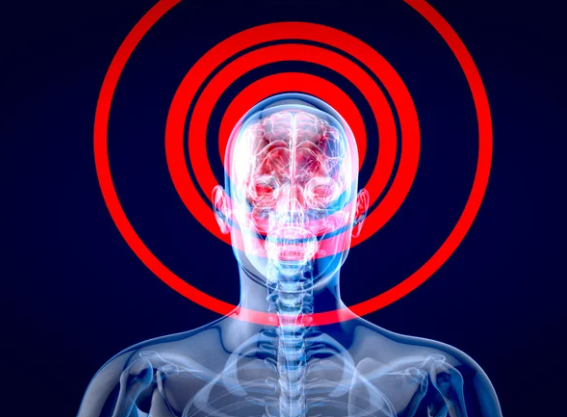
Concussions are an injury that happen to involve the brain. But, unlike a musculoskeletal injury like a strain or a broken bone, concussions are difficult to see. Their symptoms are invisible and the trauma to the brain happens at such a microscopic level they are not visible on standard imaging equipment like MRIs. Not only are the symptoms invisible, but there is a huge array of possible symptoms that can accompany a concussion. A concussion can present with everything from clumsiness, to light sensitivity, to dizziness to difficulty with sleep. No two injuries are the same. To make things even more challenging, it can take 3-5 days for concussion symptoms to develop after the initial mechanism of injury.
The complexity of concussion means that our management of them needs to be equally as comprehensive. An athlete or individual who has a mechanism of injury that could cause a concussion, in combination with just one symptom, quantifies that individual as having a concussion. While symptoms can resolve quickly, the brain does not reach full healing until a minimum of 22 days following the date of injury. When we do not follow proper concussion protocol, athletes are placed back into full play well before that minimum 22 day window. Should an athlete sustain a second concussion during this time, catastrophic consequences could occur.
The second concussion will now delay healing and take significantly longer than the 22 days from the first injury. This additional injury can also result in Second Impact Syndrome (SIS), which is a life-threatening complication. In SIS, the brain will swell and potentially herniate. An individual who sustains a second impact may initially just look dazed, but their status will quickly deteriorate. SIS will result in permanent disability or death.
Complications from prolonged healing and Second Impact Syndrome are avoidable when proper concussion management is followed. No matter the severity of the first concussion, an athlete should not return to play until he or she is fully asymptomatic and progresses properly through a supervised return to play program.
Management of concussions, when following the latest data and guidelines, will allow an athlete to safely return to their sport, and not suffer from prolonged concussion symptoms or risk a second impact. While missing a few weeks of play may be frustrating, as it is for any athlete with a visible injury, maintaining proper brain health and function is invaluable.